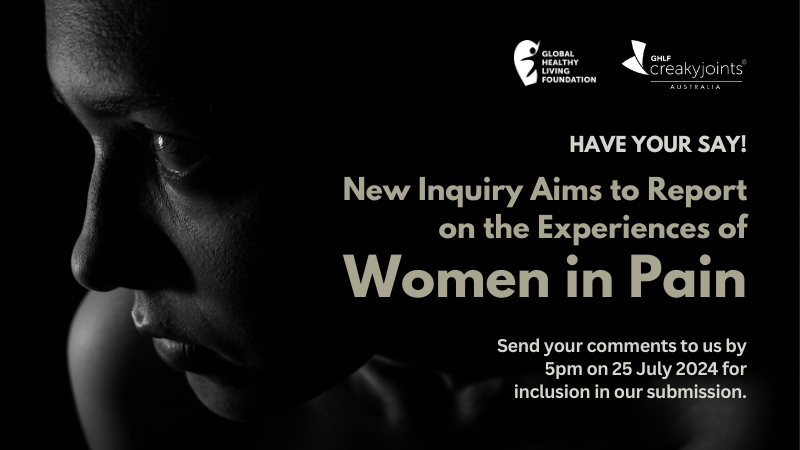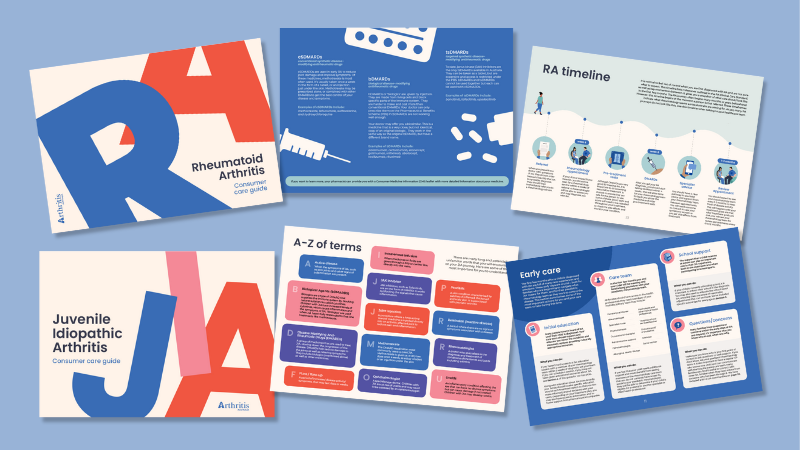I have been looking forward to contributing to this site for some time and I have so many ideas for articles that I can’t wait to share with you as part of the CJA writing team.
A subject that fascinates me is how our minds and bodies connect with each other on so many levels. Our thoughts, emotions and beliefs trigger physical and behavioural responses. For example, when we are nervous about something that hasn’t happened yet, we can feel tense, we might wring our hands or even feel physically ill.
It also works in reverse. Physical sensations generate thoughts and emotions too. A gentle hug can make us feel safe and loved. Relaxing massage helps us let go of stressful thoughts. Certain smells can bring back old memories such as our grandmother’s cooking.
For today’s article, I jotted down a long list of potential topics. Should I talk about brain chemistry and how signals are transmitted throughout the body? Should I explain how mindfulness works? Should I discuss the psychology of pain? I wanted to write about all of them at once but I had one obstacle that was really making it hard for me to focus. I was in pain myself!
I have Rheumatoid Arthritis, Fibromyalgia and issues related to my hip alignment that can also cause strong muscular pain at times. Today, my RA had flared up a bit in the morning (like it often does) and my body was generally feeling quite tight and achy. Being stressed about a few things on my mind didn’t help either.
Sometimes, the universe has a way of putting solutions right in front of our face and, for me, today was one of those days. I had been reading an article on mindful.org called ‘How the Brain Can Change Your Experience of Pain’ by Jennifer Wolkin. It was about how research shows we can ease our pain by changing how we pay attention to it. This is certainly an area I will cover more in future articles, but my lightbulb moment today came when I saw the link to Walkin’s 18-minute body scan on her website.
Why was it a lightbulb moment, though? Because I have used body scans on and off for years. I used to attend weekly hatha yoga classes which always ended up with us lying on our mats, eyes closed while our instructor softly talked us through a body scan or relaxation exercise. In another past life, I was a party-plan consultant in the cosmetics industry and one of my favourite parties to do was my ‘Day Spa at Home’ party. After treating the hostess and guests to some lovely skin-care pampering I would dim the lights, put on some relaxation music and get everyone to sit comfortably and close their eyes while I took them through a guided relaxation exercise which they always loved (including those who were a little sceptical at first). I was even given various forms of body-scan or autogenic relaxation sessions by a student psychologist as part of the counselling sessions I attended last year.
Every time I take the time to listen to a guided relaxation of any sort, I always come out feeling calmer and my pain levels drop considerably. There are lots of theories as to how this works but the basic idea is that we often get caught in a cycle of pain/stress/pain or stress/pain/stress. Something happens to cause us pain which then triggers thoughts like ‘This hurts’, ‘I hate this pain’, or ‘I can’t concentrate because this pain is taking over’. (Which is what happened to me this morning.)
As we focus on the pain, we become more stressed about it, our muscles tighten up, our breath becomes more constricted but these feed the pain and cause it to increase. The cycle often continues unless we consciously do something to stop it. That’s where body-scanning comes in.
The idea is to sit or lie somewhere where you are comfortable, with as few distractions as possible. You can have soft music on if you want to, but it is not essential. Then the recorded instructor will get you to focus your attention on your breath, without attempting to change it. You just notice how your breath feels and which parts of your body are involved. During the relaxation, if your thoughts drift at any time, just keep returning your focus to your breath without judgement.
Depending on the technique used, you may be asked to focus your attention first on the crown on your head and then work downwards, or you may start at the feet and slowly draw your attention upwards. As you concentrate on each part of the body, you simply use your senses to notice what’s happening there – again without judgement or attempting to change anything. Is there tension? Pain? Can you feel the contact between your skin and clothing? Do certain areas generate emotions? Maybe you don’t feel anything, and that’s ok too.
By taking a few minutes today to try a body-scanning exercise, you’ll discover how paying attention to your whole body helps put your pain back in perspective. Even just focusing on your breathing for a short period will lower your blood-pressure and help you think more clearly again. I am living proof that it works because it enabled me to write this article today.
There are many different relaxation recordings available online to help with things like pain-management, stress-reduction or getting to sleep. You may find that you’ll need to try different websites and recordings to find the ones that work best for you. They are a non-invasive form of treatment and many recordings can be downloaded for free so give them a go and enjoy.
You may also like:
Meditainment – Meditation that takes you places
Smiling Mind
Please note:
The author has accepted no payment for the promotion of other sites in this article. The author and Creaky Joints Australia are not affiliated with Dr Jennifer Walkin in any way.
References:
Wolkin J, 2016, How the brain changes your experience of pain, viewed 21 October 2016
Wolkin J, Cultivating Awareness and Self-Compassion – Guided Body Scan Technique, viewed 21 October 2016




